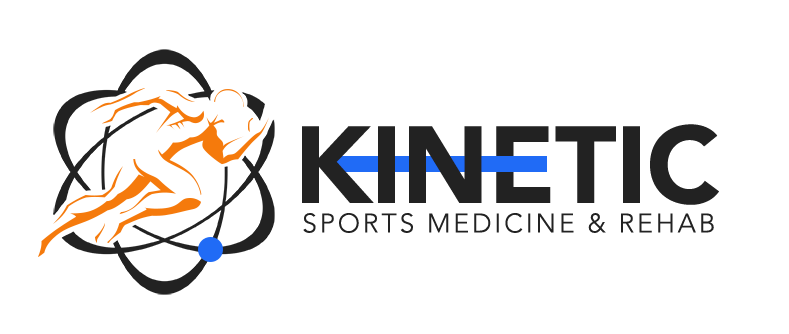Difference Between a General Chiropractor and a Sports Chiropractor
Imagine you’re standing at a crossroads, unsure which path to take for your chiropractic needs. Should you see a general chiropractor or a sports chiropractor? Both options offer unique benefits tailored to your specific needs.
In this article, we’ll explore the key differences between chiropractic and sports chiropractic, including their training, scope of practice, patient population, treatment techniques, and common conditions treated.
By the end, you’ll have a clear roadmap to guide you towards the right chiropractor for you.
Key Takeaways
- General chiropractors typically have a broader scope of practice, while sports chiropractors specialize in evaluating and treating sports-related injuries.
- Sports chiropractors undergo additional training in sports medicine and often have certifications in areas like athletic training or strength and conditioning.
- Sports chiropractors primarily work with athletes, helping them recover from injuries, enhance their performance, and prevent sports-related injuries.
- Sports chiropractors use specific treatment techniques and modalities like Active Release Technique (ART) and Kinesiology taping, along with dry needling and cupping to address the specific needs of athletes and their sports related injuries.
Training and Education Requirements
If you’re considering becoming a sports chiropractor, you’ll need to fulfill specific training and education requirements.
To start, you’ll need a bachelor’s degree, preferably in a related field like exercise science or kinesiology.
After that, you’ll need to attend a chiropractic college for four years to earn a Doctor of Chiropractic degree.
Additionally, you’ll need to complete additional training in sports medicine and obtain certifications in areas like athletic training or strength and conditioning.
Scope of Practice
To understand the scope of practice as a sports chiropractor, you need to know the specific areas in which you can provide care and treatment. As a sports chiropractor, you can offer your expertise in:
- Evaluating and treating sports related injuries
- Developing personalized rehabilitation programs for athletes
- Providing advice on injury prevention and performance enhancement
With their knowledge and skills in these areas, they can make a significant impact on the overall health and well-being of athletes, helping them recover and excel in their respective sports.
Patient Population
As a sports chiropractor, they primarily work with athletes. Their focus will be on treating and preventing sports-related injuries, helping athletes recover from injuries, and enhancing their performance.
Some sports chiropractors work closely with coaches, trainers, and sports teams to develop personalized treatment plans and rehabilitation programs. Their goal is to help athletes optimize their physical function and achieve their peak performance levels, enabling them to excel in their respective sports.
Treatment Techniques and Modalities
As a sports chiropractor, they will utilize various treatment techniques and modalities to address the specific needs of athletes and their sports related injuries. Some of these techniques and modalities include:
- Active Release Technique (ART): Using hands-on manipulation to break up scar tissue and improve range of motion.
- Instrument-assisted soft tissue mobilization (IASTM): Using specialized tools to target and treat soft tissue problems.
- Kinesiology taping: Applying elastic tape to support muscles and joints, reduce pain, and improve performance.
- Dry needling: Using small, monofilament needles to release trigger points and improve muscle function from sports injuries.
Common Conditions Treated
When treating athletes, a sports chiropractor commonly addresses conditions such as sprains, strains, and joint dysfunction. These are common injuries that athletes often experience due to the physical demands of their sport.
Sprains and strains occur when ligaments or muscles are stretched or torn, resulting in pain, swelling, and limited range of motion.
Joint dysfunction refers to dysfunction or restrictions in the joints, which can cause pain, stiffness, and decreased performance.
A sports chiropractor focuses on treating these conditions to help athletes recover and optimize their athletic performance, including professional athletes.
Conclusion
So, now you know the difference between a general chiropractor and a sports chiropractor.
It’s like comparing a jack-of-all-trades to a specialized athlete.
While both have their unique skills and expertise, a sports chiropractor is like a finely tuned instrument, focusing specifically on the needs of athletes.
Whether you’re an athlete or just someone seeking general chiropractic care, knowing the difference can help you choose the right path to a healthier and more aligned body.





